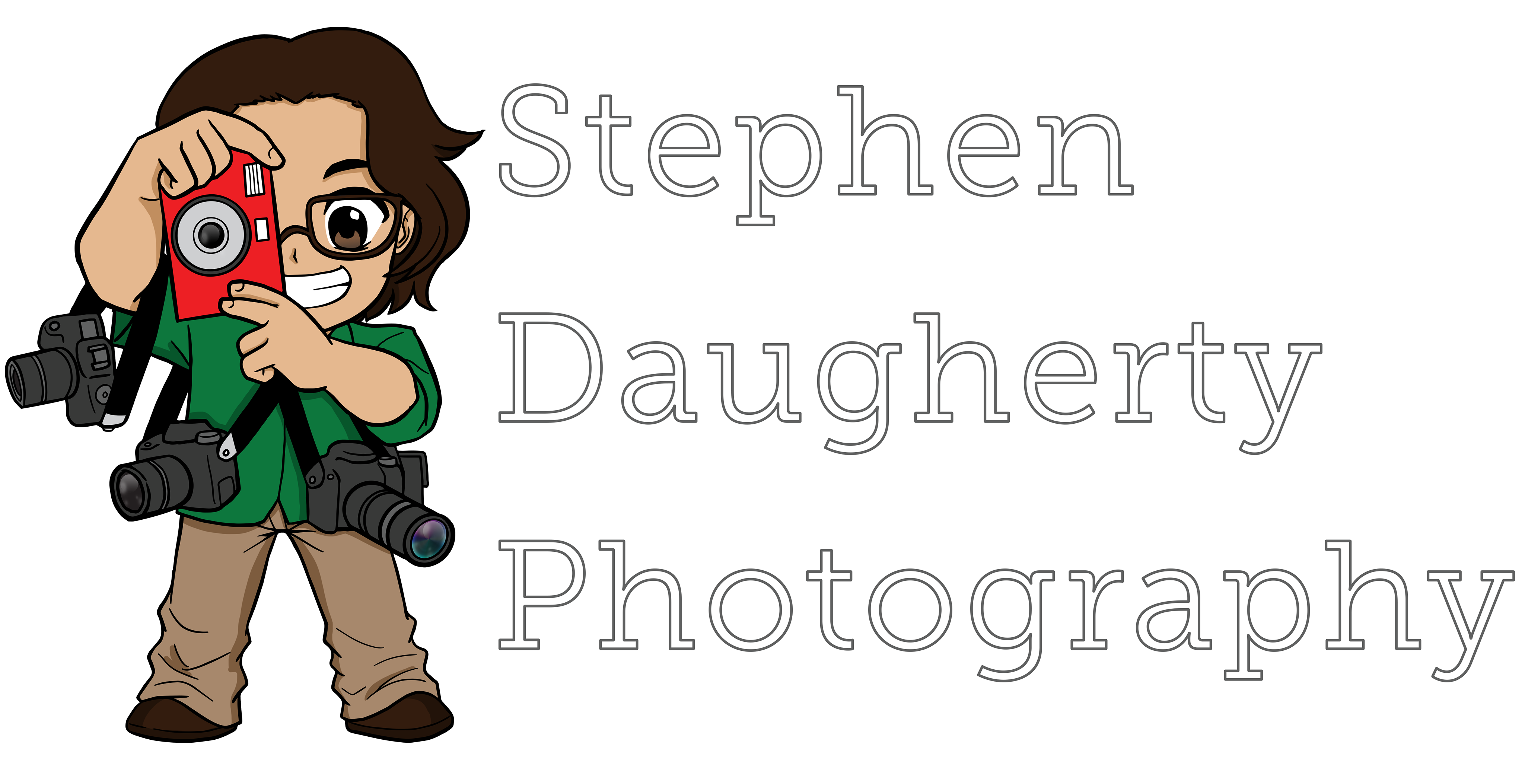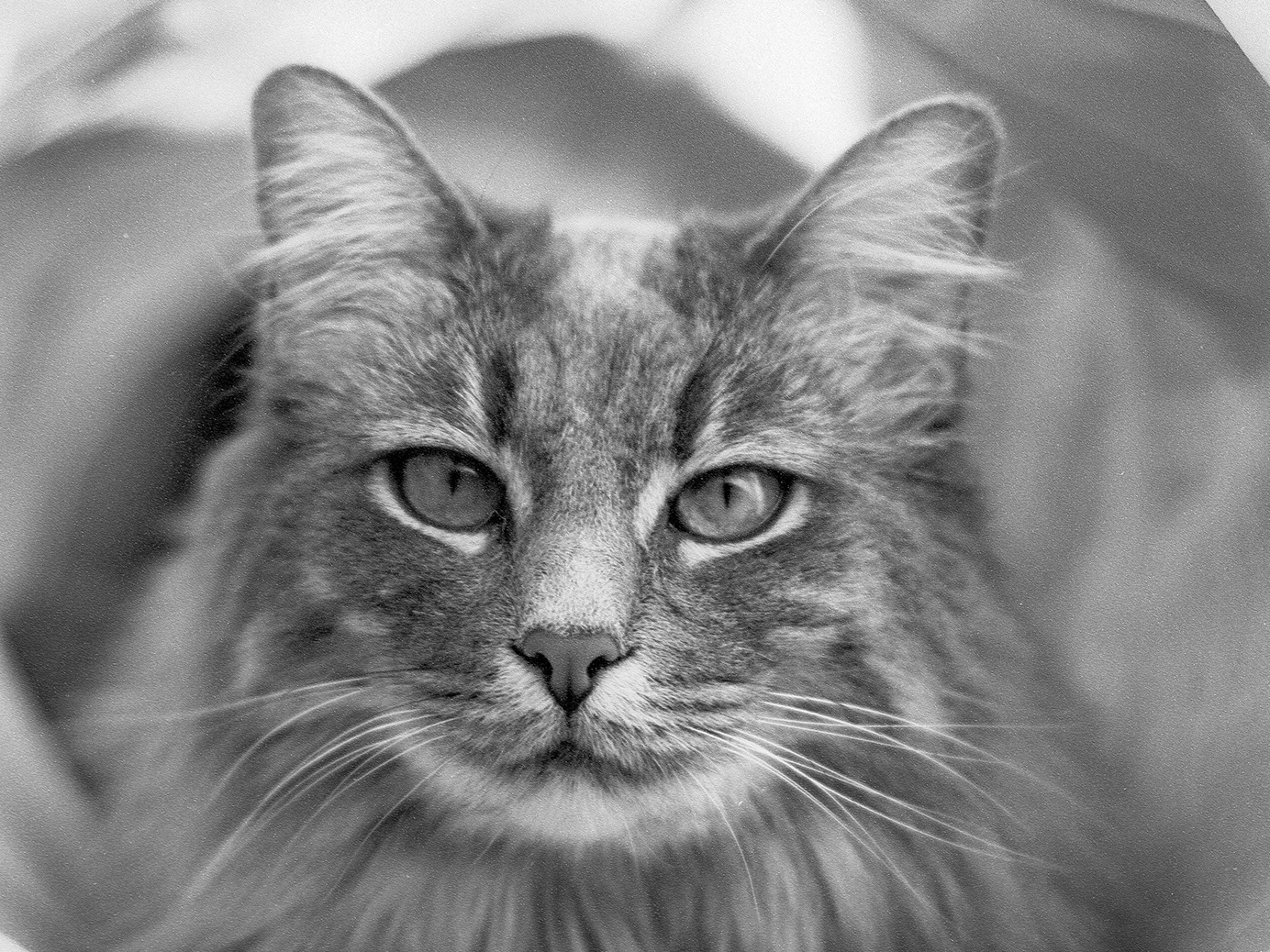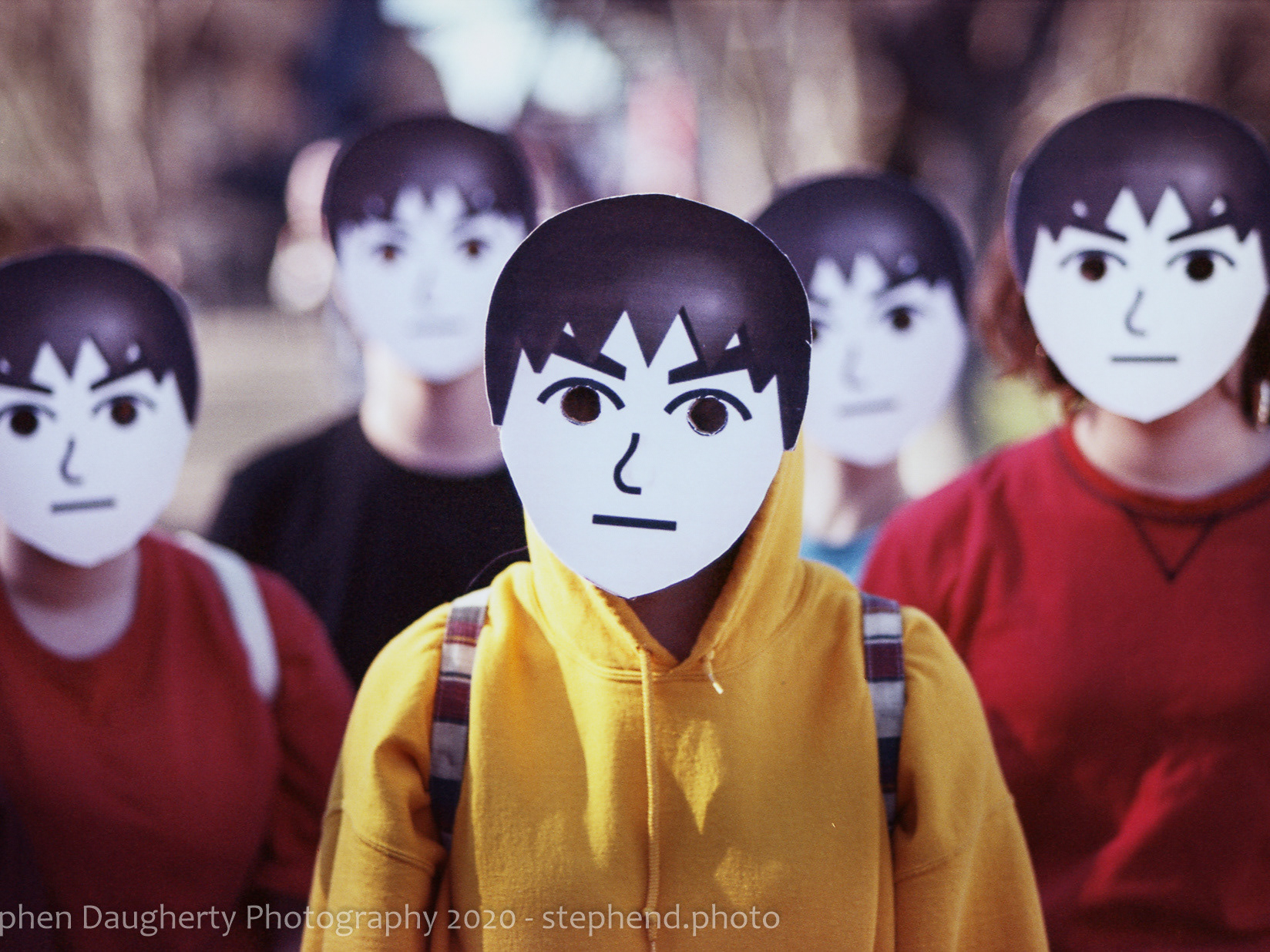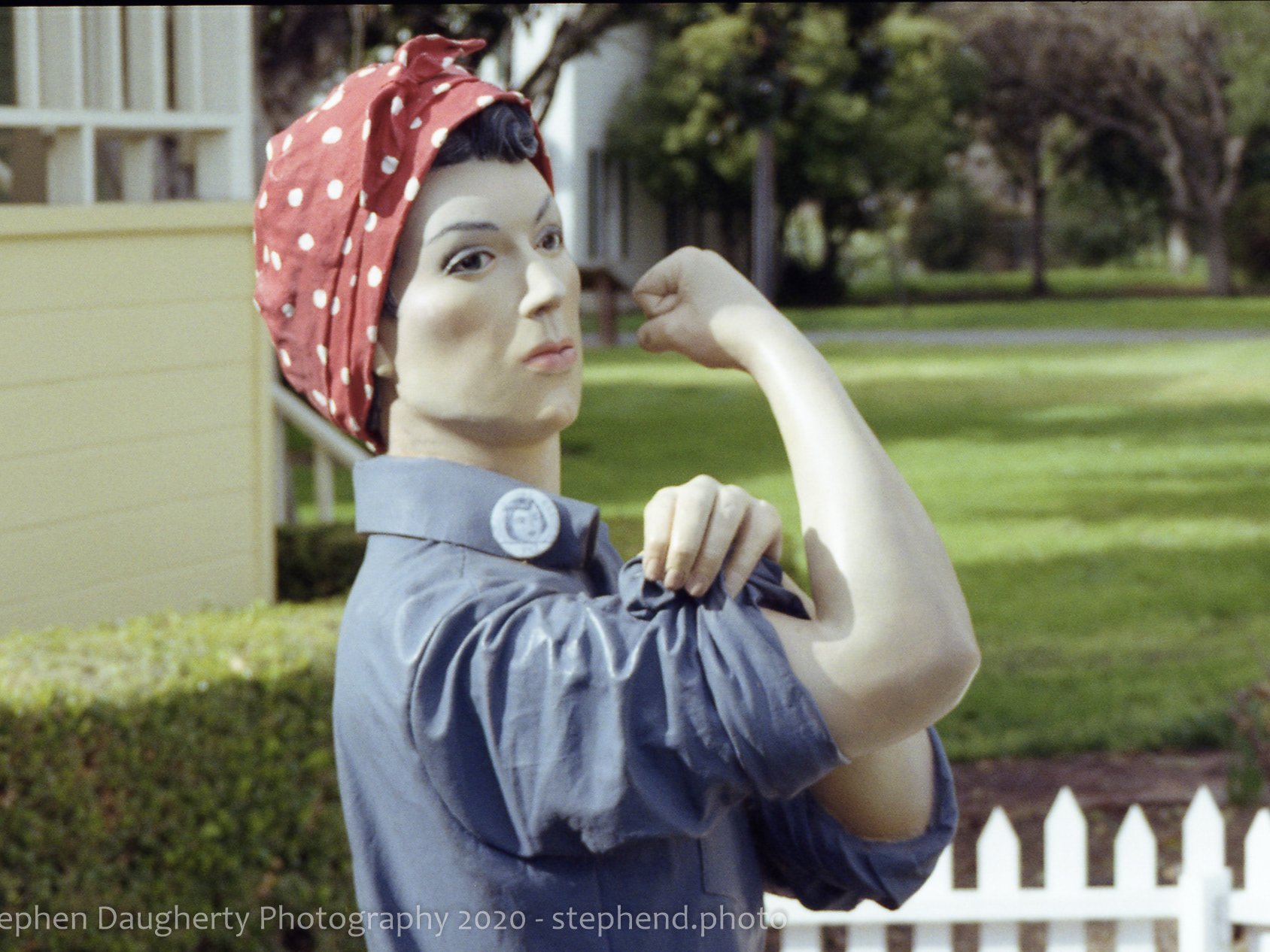NOTE: Every photo on this page was taken on Polypan F 50, developed by me in XTOL, and scanned with a Nikon Coolscan 4000
Polypan F 50 is a very strange film. Finding any concrete information about it is difficult. What we can confirm is that it was manufactured in Europe by a company named Polystar* (yes with the asterisk), and that it was intended to be used as a black and white duplication film from other movie stocks. Past that little else is known other than manufacturing was discontinued in 2019 which is unfortunate as it's a fun stock to use.
The film is unique as while being a slow film stock it's actually quite fast for duplication film. For comparison Kodak Eastman 2366, another common black and white duplication film, is rated at ISO 6 which is 3 full stops slower than Polypan F 50. This means that unlike these other duplication films Polypan F 50 can easily be shot as a photographic film. This made it a very attractive low cost film for European photographers for many years.
Complicating this though is the fact that the film, being a movie duplication film, was only offered in bulk rolls. At no point was the film sold by the manufacturer in individual 35mm canisters. In order to enjoy this film, you either need to pay a premium to someone else or roll it down yourself. At least for me I've opted for the later as honestly bulk rolling makes a lot of sense given current film prices.
One handling consideration you must keep in mind is that this film has no anti-halation layer. This means that in shooting you'll see significant glow around high contrast highlights which is part of the charm. It also means that this film is vulnerable to light piping. This is where the film's transparent base has internal reflections similar to how fiber-optic cables work. These internal reflections cause fogging similar to other light leaks that can penetrate deep inside the roll even when inside the film canister. There's a great blog post describing the effect in detail over at the Film Photography Project. Prevention is straightforward - simply keep the film in a black plastic container until you're ready to shoot it, limiting the amount of time the film leader gets exposed to light. Doing this I've seen limited light piping in my film.
After a brief test with HC-110 I've settled on developing this film in Kodak XTOL for 7 minutes at 68-70 degrees. The negatives come out well developed with good contrast and fine grain. The stock dries nice and flat making scanning a breeze.
The film's exposure latitude is surprisingly wide. Looking at the charts ISOs from 25 all the way to 200 look reasonable, which is surprising as the film is rated as ISO 50. What this means is that in a pinch you can underexpose by up to 2 stops to ISO 200 and still get a usable image without changing your development times. That said I prefer the film rated 50 or 100 as the contrast is strong and grain is still well controlled. Overexposing to ISO 12 results in a very washed-out image, likely due to the lack of an anti-halation layer causing hazing from internal reflections. Underexposing past ISO 200 results in a very grainy low contrast image and thin negative.
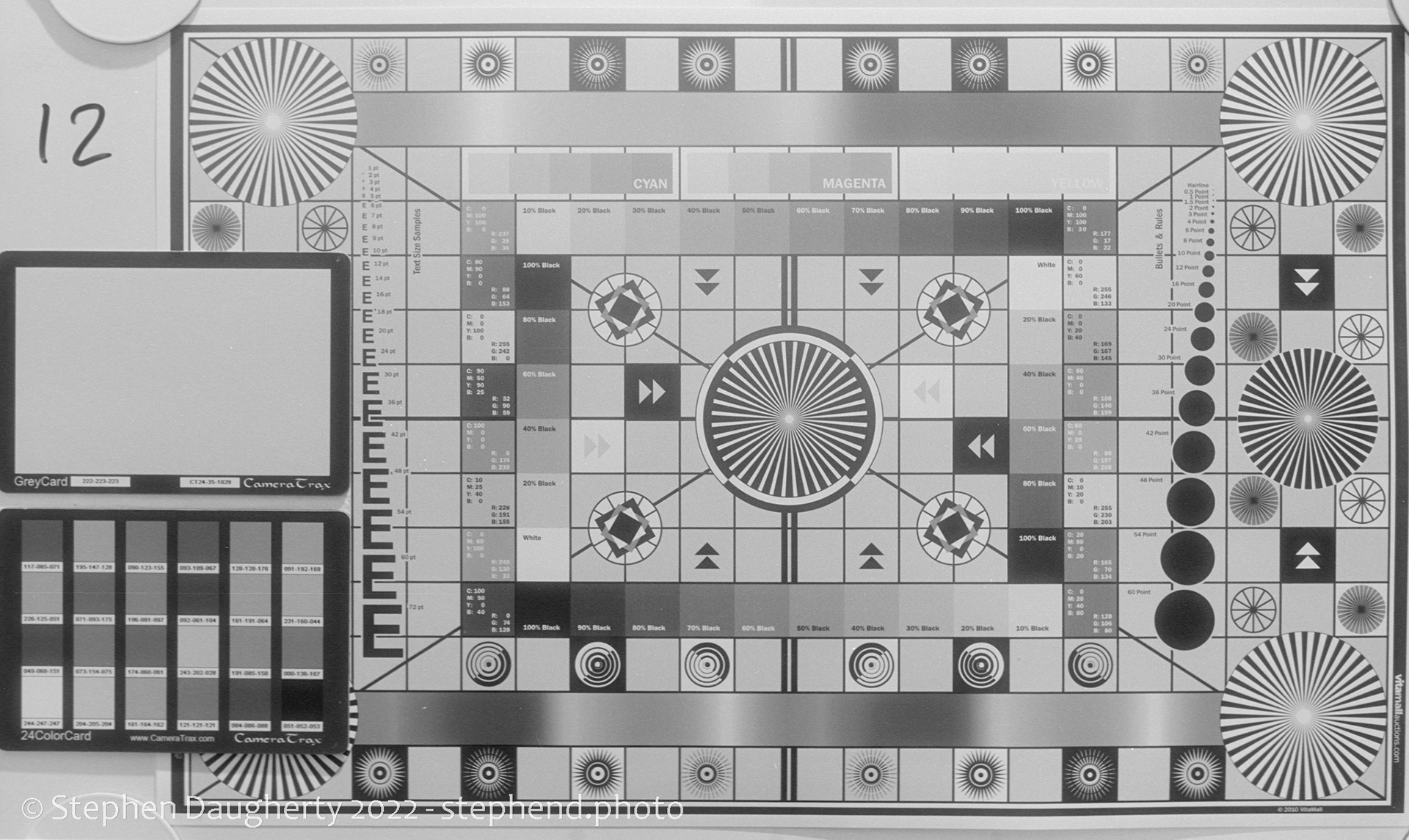
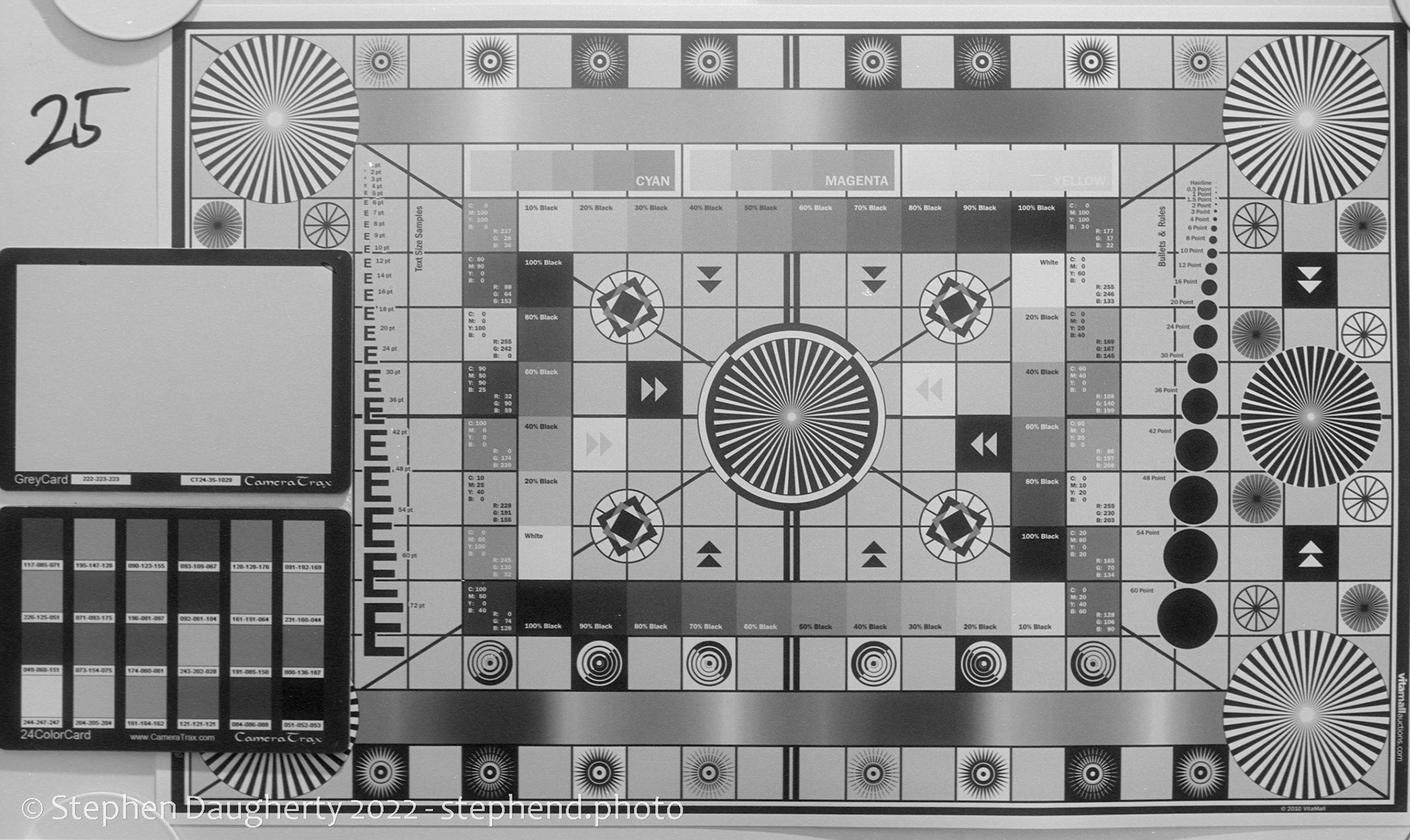


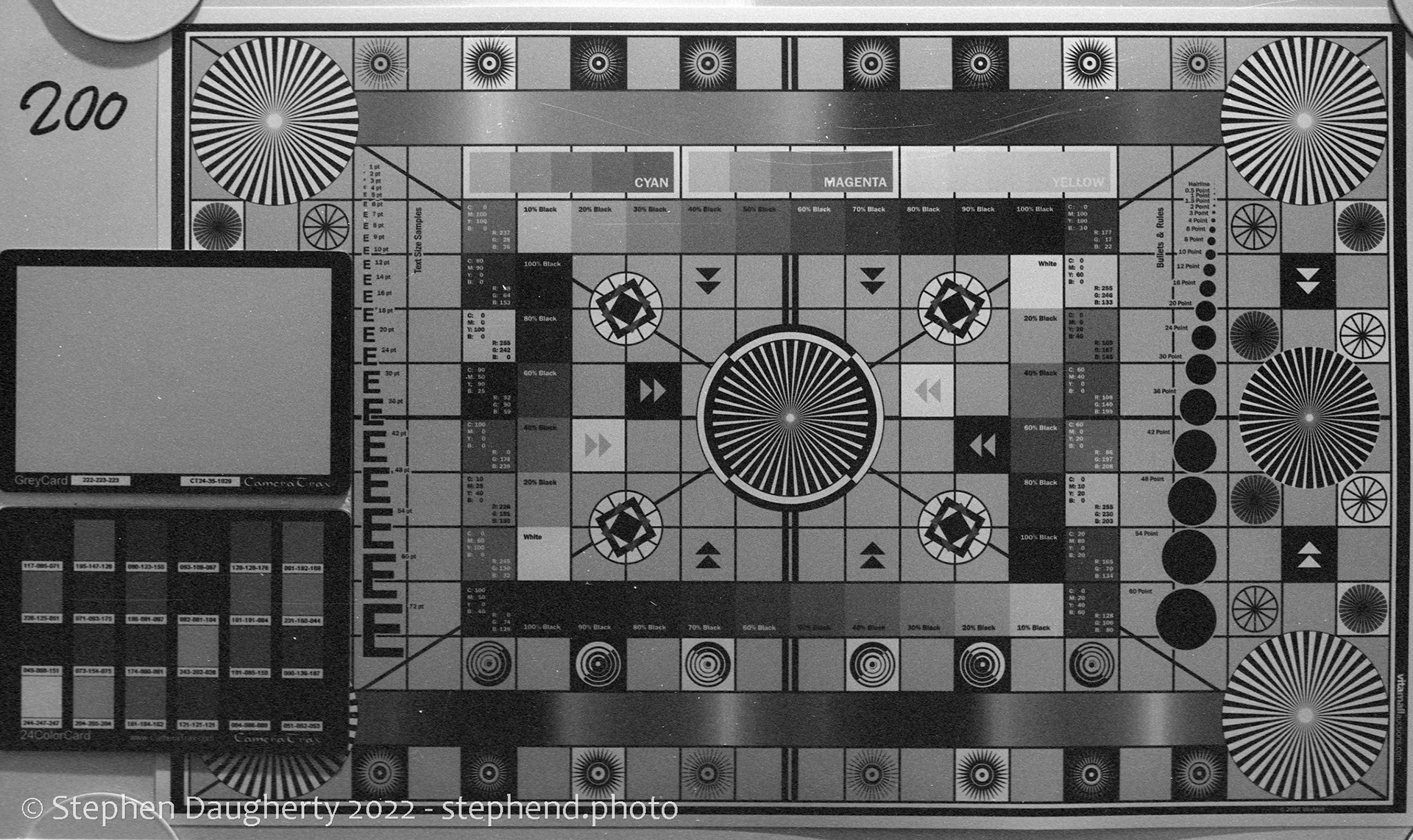
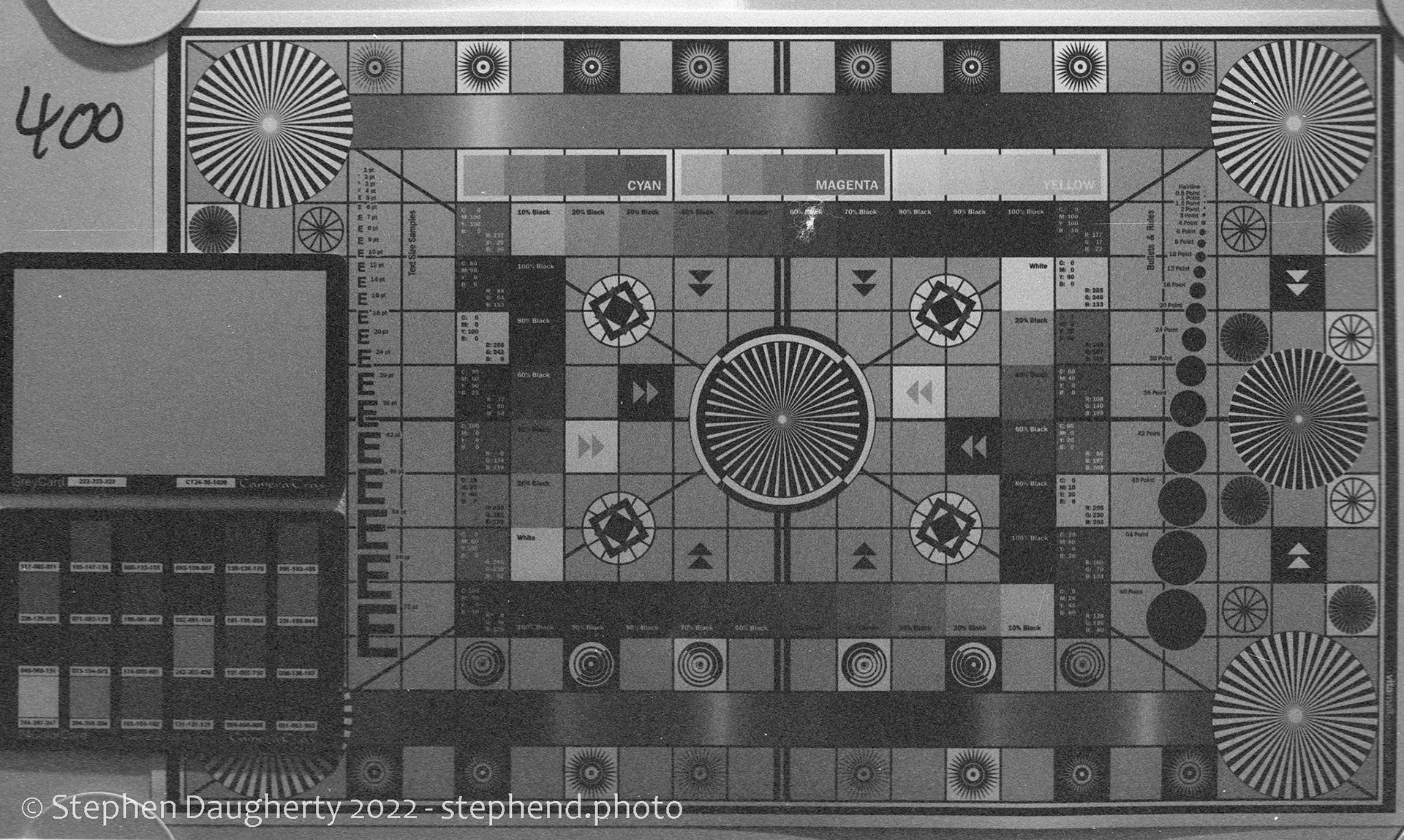
Importantly more than any other film I've used it is vulnerable to some major defects. Many frames may contain physical defects in the emulsion layer likely from bubbles during coating. These aren't too hard to clone out most of the time but can destroy an otherwise good image if they land on your subject. These appear as black holes in the image making them very distinct from white dust spots.
Another thing to keep in mind is that the film itself is very soft and more vulnerable to scratches than other stocks. Just sliding the film in and out of archival storage sheets will scratch your film. Letting the film dry completely, using a hardening fixer, and handling carefully are all important to minimize damage.
Due to the lack of an anti-halation layer outdoor shots can sometimes show heavy haze making them dreamlike. If you want that look great but for random snapshots it can be off-putting. I'd suggest underexposing slightly in bright daylight to help keep some of the glow under control.
Finally, this is the only film I've seen to exhibit a significant vulnerability to static. When this happens a lightning bolt-esque structure will appear on part of the film. The only real mitigation is to go a little slower when bulk loading and hope for the best. That said this is such a rare defect that seeing it here was actually exciting for me. Your mileage may vary of course.
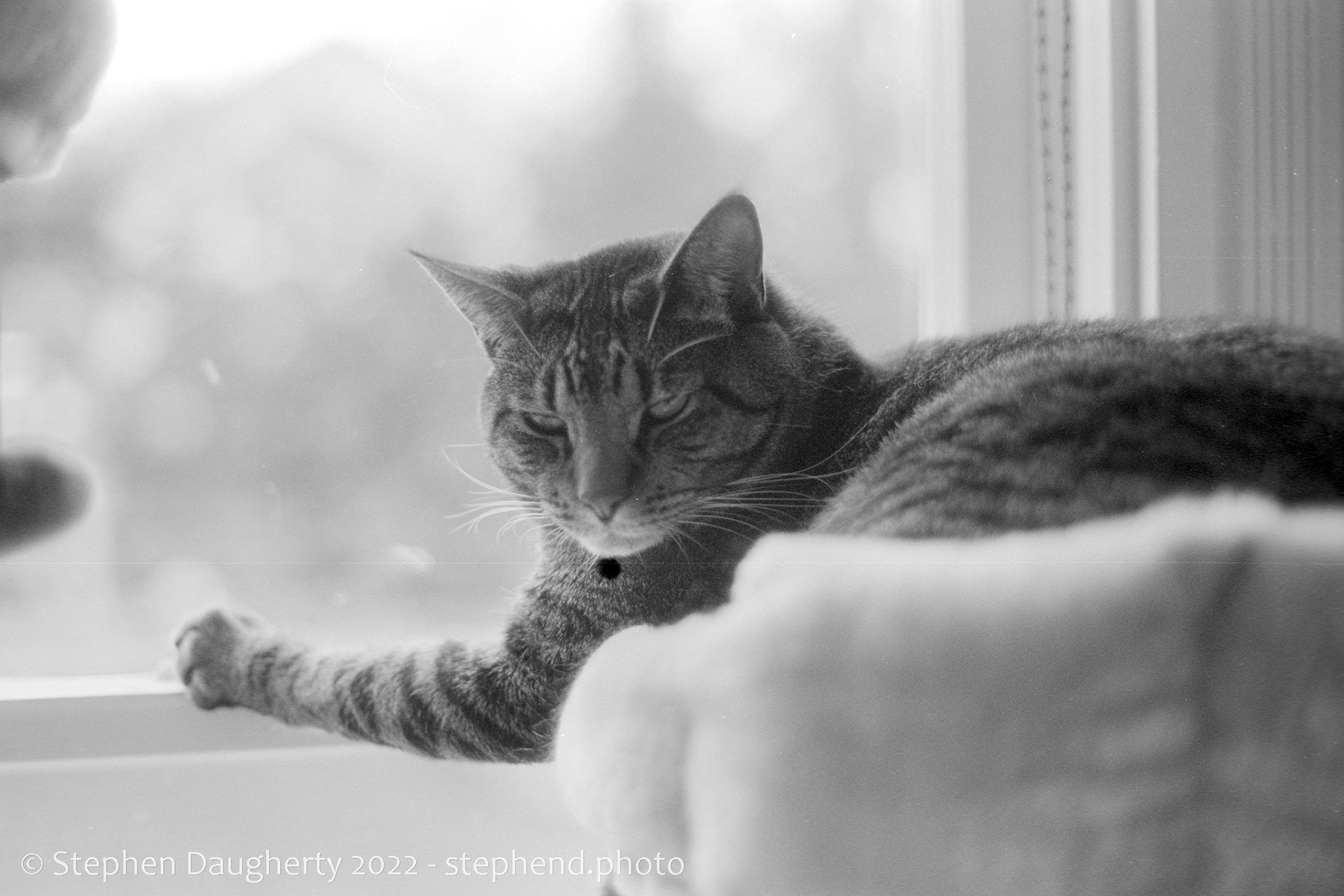
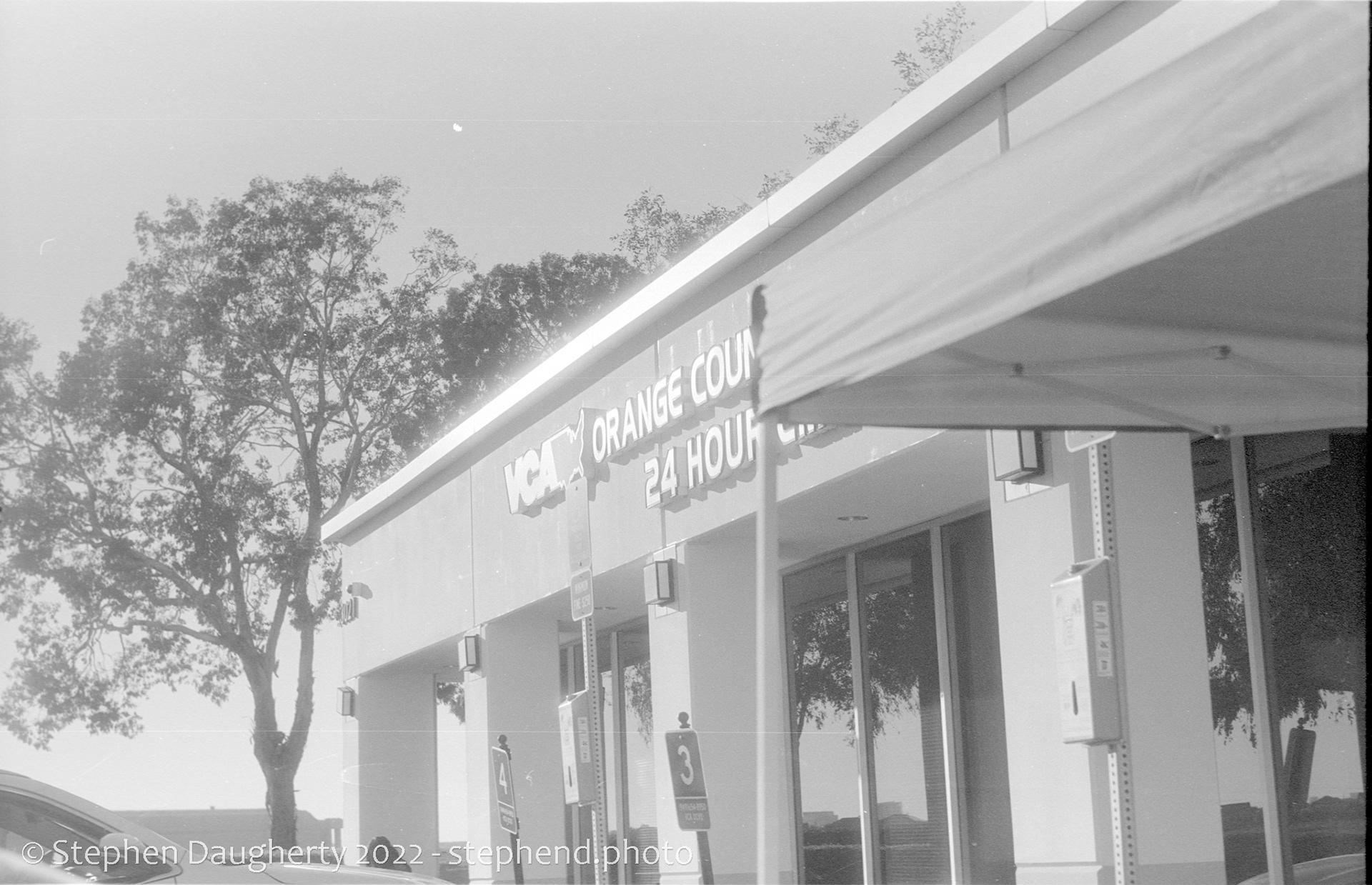
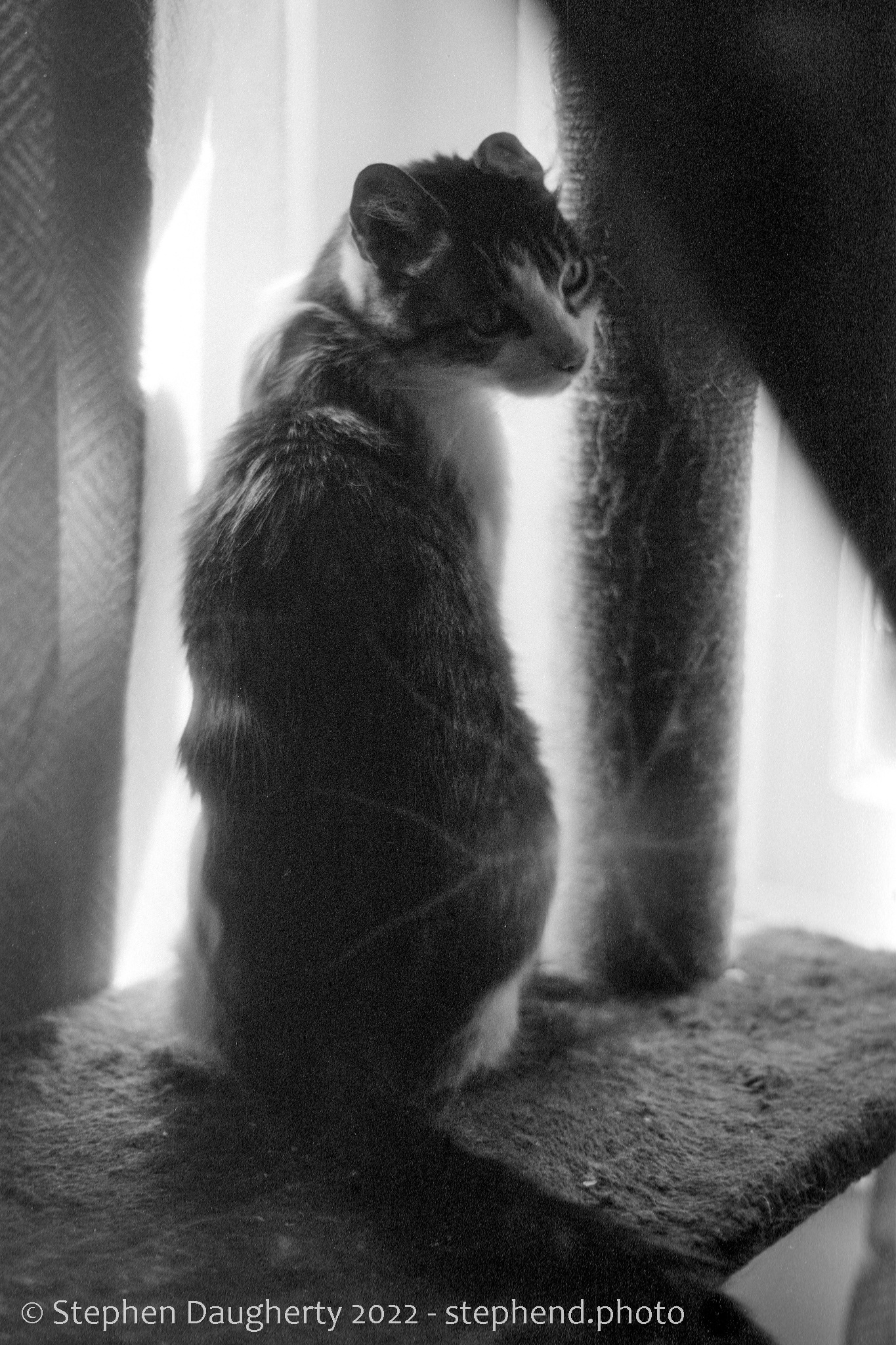
Given all the problems, the fact the film was only produced in Europe and has been discontinued, and requires bulk loading to be practical, you'd think that I wouldn't like this film. Quite the opposite, I adore it to the point I purchased the last few hundred feet of it I could find. When the glow is controlled, and the physical defects are managed, this film is beautiful. The images still feel otherworldly without being over the top. To be clear this film is not particularly sharp. If you want resolution and image quality, you should go shoot Ilford Pan F 50 or Adox CMS 20 II instead. Here are some photos that I think showcase this film and what it can achieve when shot well.
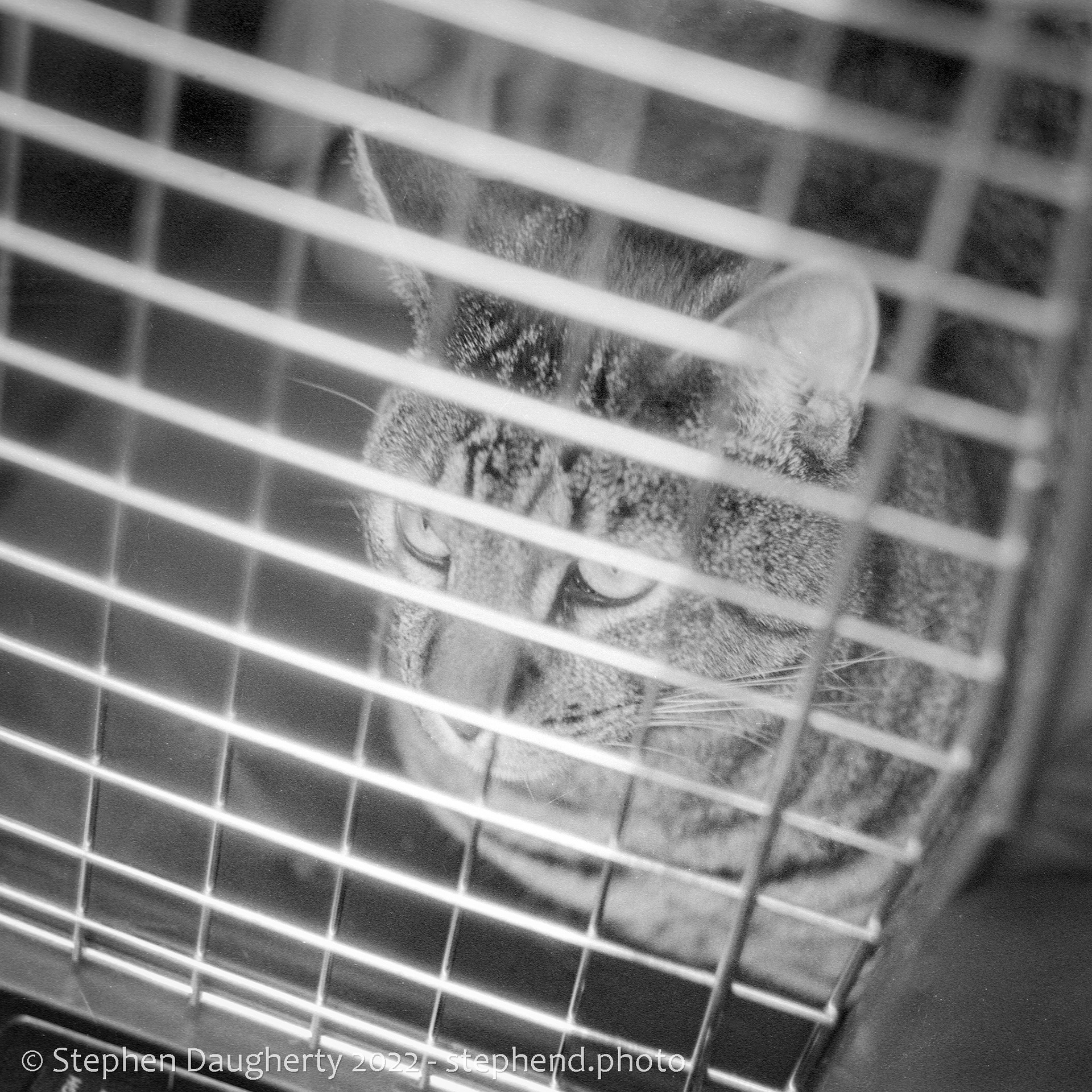

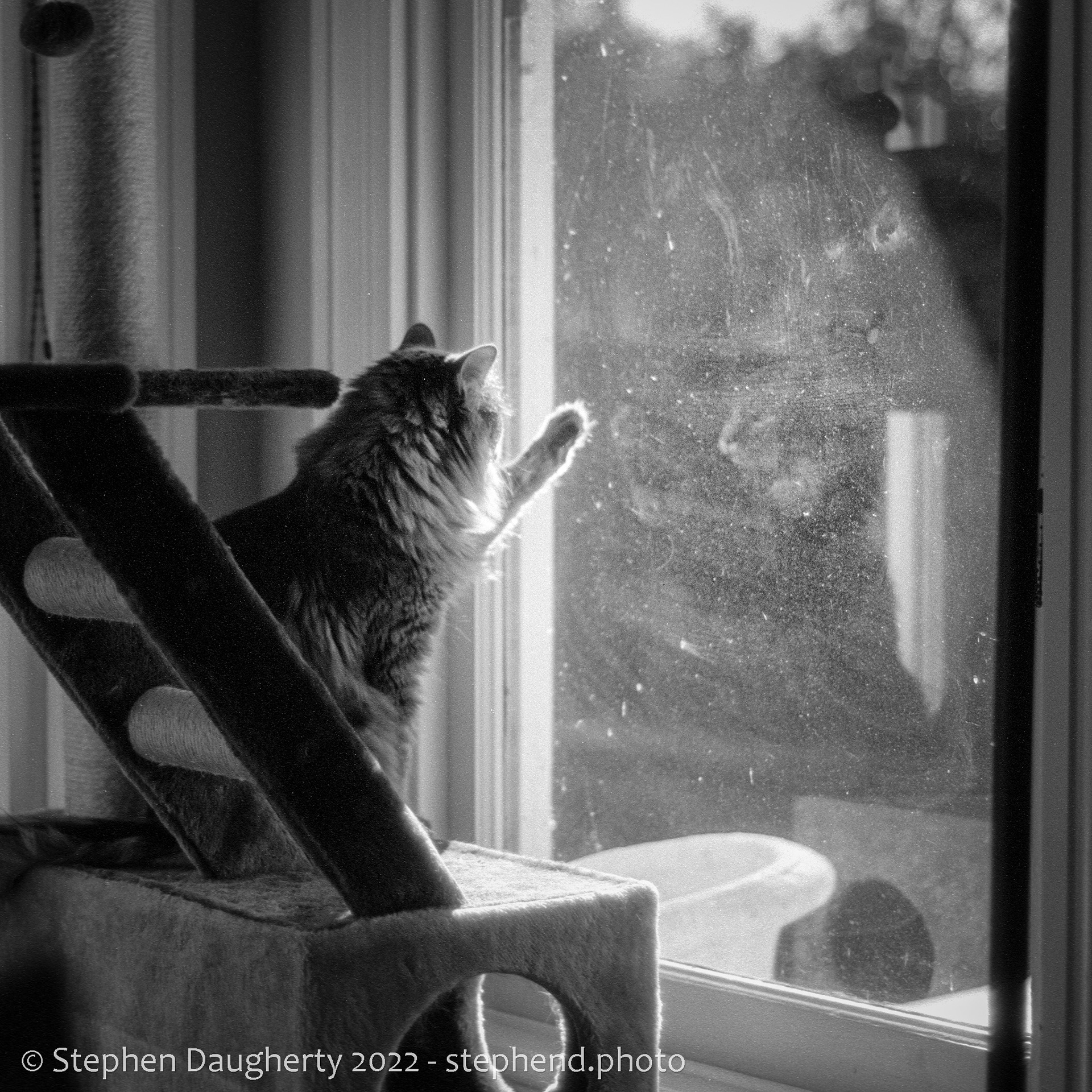
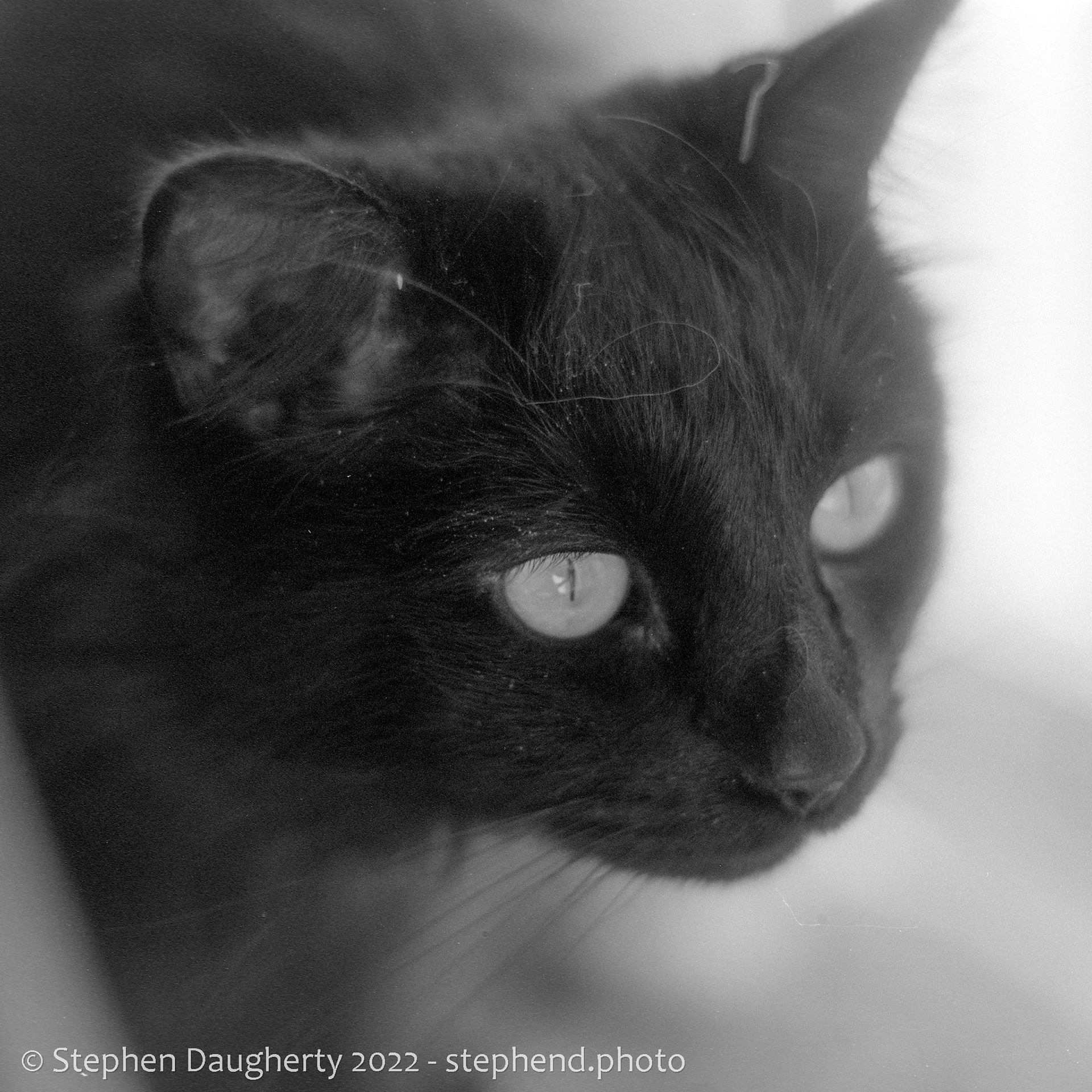

Many of my favorite photos from the last year or so since I've really gone deep into film photography have been shot on Polypan F 50. I don't think it's worth the $15 the Film Photography Project wanted for it but at approximately $5 a roll when rolled myself this film is a steal considering the look you get. It's heartbreaking that it's no longer produced, and available inventory is now very limited but if you can find some, I strongly suggest giving it a try. It's not a particularly hard film to develop and fairly forgiving of even a couple of stops underexposure without adjustments needed to development time.
